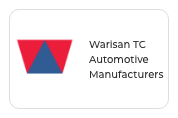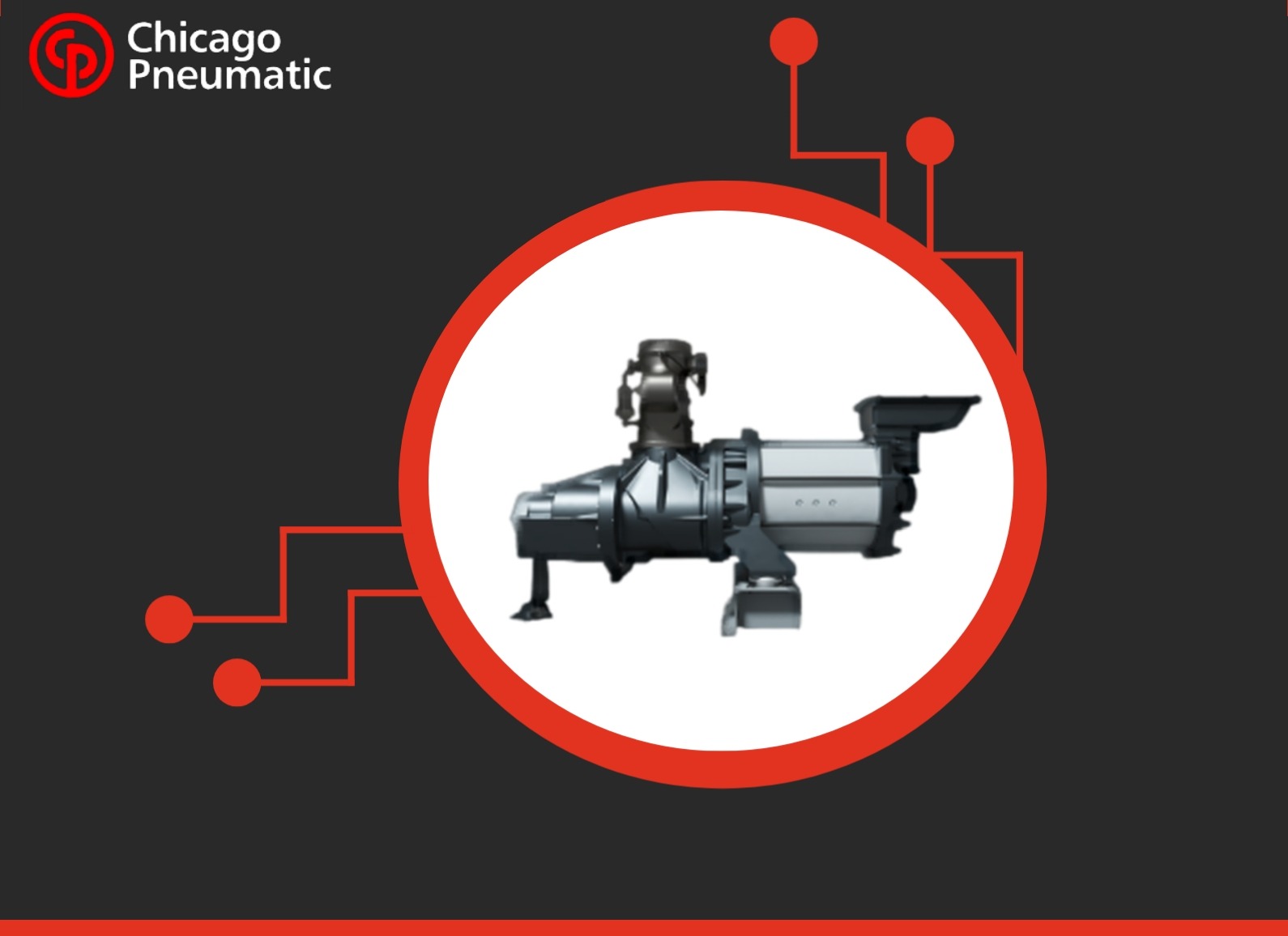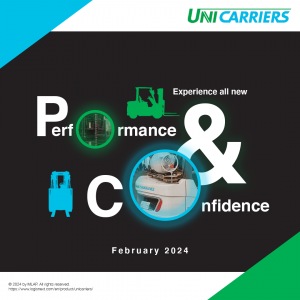As part of a concerted effort worldwide to reduce energy consumption, CO2 emissions and the impact of industrial operations on the environment, regulatory authorities in many countries have introduced legislation to encourage the manufacture and use of higher efficiency electric motors. Chicago Pneumatic has not only taken these efficiency considerations on board but has gone even further to achieve the highest efficiency class – equivalent to IE5 – in its compressor technology
When it comes to compressor drive motors there is a close correlation between the electric motor technologies and their efficiency level capabilities. Firstly, single phase induction motors are limited to levels IE1 and IE2, whereas three-phase induction and switched reluctance synchronous motors can meet the IE1, IE2, IE3 and in some cases IE4 category criteria.
The introduction of permanent magnet (PM) motors has increased the opportunities of achieving IE4 and IE5.
With AC induction motors operating within the 90%-plus efficiency band for most power ratings, there may not be much more room for the development of this type of motor to produce higher energy efficiencies.
This is where alternative motor designs such as permanent magnet (PM) rotor technology come in. Unlike induction motors, which induce a secondary magnetic field in the rotor, PM motors use high-performance magnets attached to the external surface of the rotor to create a magnetic field that is always present. This eliminates the rotor losses found in the induction-motor design, resulting in higher efficiency and a better power factor.
However, by going beyond the PM motor, it’s possible to take greater steps toward meeting or even exceeding the IE5 standard. This has been made achievable with the introduction of the iPM (interior permanent magnet) motor concept.
A conventional PM motor, or SPM (surface permanent magnet) to be precise, only uses magnetic torque to operate. Although this technology overcomes rotor losses, it imposes speed limitations due to the need to secure the rotating magnets and reduce the risk of them being peeled off by centrifugal force.
The advantages of the iPM motor
The IPM motor with its embedded permanent magnets rotor does not have this problem. It can operate at higher speeds, enabling direct coupling to the compression element on a 1:1 ratio and, as a direct result has up to 30% lower losses compared to conventional motors.
Promoting high efficiency
There are other specific features relating to the motor that contribute to the overall efficiency of the compressor, including true direct drive. If the rotor of the motor is coupled directly to the male rotor of the compressor element, there are no drive losses associated with gears or belts and no shaft seal.
Equally, if the motor is cooled by the compressor oil, which is effective at all running speeds, there is no need for a cooling fan that consumes power and reduces motor efficiency. This is especially evident when the motor is running at a low speed. The oil cooling the motor warms the lubricating oil before it reaches the compressor element and helps prevent condensation under low load conditions.
The high torque capability of an iPM motor allows the compressor to start whilst still pressurized, hence there is no need to blowdown the compressor when it stops in standby mode. As a result, air that has already been compressed, and for which the user has paid for in energy consumption, is not wasted.
Conventionally designed compressor motors have two bearings, one for the element drive end and another for the non-drive end. If the drive end is supported on the compression element bearings, the motor only needs one bearing, resulting in a significant reduction in friction losses.
(Source : Chicago Pneumatic’s Expert Corner)

















